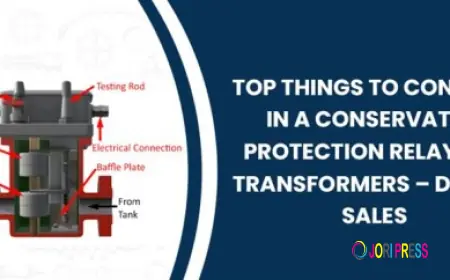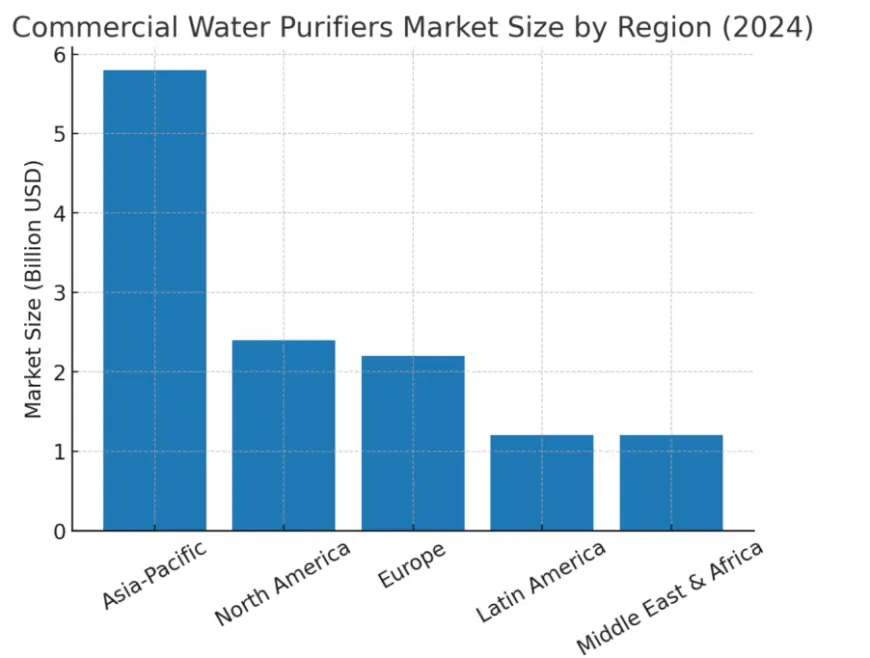Global Commercial Water Purifiers Market: Securing Purity, Driving Growth
Discover the latest trends in commercial water purifiers and how they can enhance your business's sustainability and customer satisfaction
Global Commercial Water Purifiers Market Research Report
Table of Contents
1. 1. Executive Summary
2. 2. Market Overview
3. 3. Market Dynamics
4. 3.1 Drivers
5. 3.2 Restraints
6. 3.3 Opportunities
7. 4. Market Segmentation
8. 4.1 By Technology
9. 4.2 By Product Type
10. 4.3 By End-Use Industry
11. 5. Regional Analysis
12. 6. Competitive Landscape
13. 7. Market Forecast (2025–2030)
14. 8. Strategic Recommendations & Conclusion
15. List of Tables
16. List of Figures
1. Executive Summary
The Global Commercial Water Purifiers Market is witnessing robust growth, driven by rising concerns over water safety, stricter regulatory frameworks, and expanding demand across sectors such as hospitality, healthcare, and corporate environments. The market, valued at USD 12.8 billion in 2024, is projected to reach USD 21.5 billion by 2030, growing at a CAGR of 7.4%. Technological innovations such as IoT-enabled systems and eco-friendly purification solutions are reshaping industry dynamics.
2. Market Overview
The commercial water purifiers market plays a critical role in ensuring clean, safe, and sustainable water supply to businesses and institutions. Growing urbanization, pollution, and industrialization have heightened the need for effective purification systems. In addition, sustainability trends and government regulations are pushing businesses to adopt advanced purification technologies. This section provides an overview of the market's size, growth potential, and positioning in the global supply chain ecosystem.
View Full Report Detail https://marketresearchscope.com/global-commercial-water-purifiers-market/1020
3. Market Dynamics
3.1 Drivers
Key growth drivers include sustainability initiatives, rising demand in the foodservice industry, and technological advancements. Businesses are increasingly prioritizing employee health, customer satisfaction, and ESG goals, leading to strong adoption.
3.2 Restraints
High upfront costs, logistical challenges in emerging regions, and the complexity of reverse logistics are among the primary barriers to growth. Smaller businesses may find it difficult to justify investment.
3.3 Opportunities
IoT integration, rental-based business models, and expansion into emerging markets present significant opportunities. Energy-efficient purifiers and smart monitoring features are particularly attractive to customers.
4. Market Segmentation
4.1 By Technology
Technologies include Reverse Osmosis (RO), Ultraviolet (UV), Activated Carbon Filters, and others. RO dominates due to its high efficiency, while UV is gaining traction in healthcare environments.
4.2 By Product Type
Product categories include centralized purifiers, portable purifiers, dispensers, and IoT-enabled systems. IoT-enabled purifiers are expected to grow fastest due to real-time monitoring capabilities.
4.3 By End-Use Industry
Major end-users include hospitality, healthcare, corporate offices, educational institutions, and food & beverage. Hospitality and healthcare dominate due to high safety and customer service standards.
5. Regional Analysis
Asia-Pacific leads the global market, driven by population growth and water contamination challenges. North America and Europe show steady demand supported by regulations and health-conscious consumers. The Middle East & Africa and Latin America represent emerging opportunities with strong growth potential.
6. Competitive Landscape
The market is moderately fragmented, with key players including multinational corporations and regional providers. Companies are focusing on product innovation, strategic partnerships, and service-based models to expand their reach. M&A activity is expected to rise as firms seek to consolidate capabilities in IoT-enabled systems.
7. Market Forecast (2025–2030)
The market is projected to grow at a CAGR of 7.4%, reaching USD 21.5 billion by 2030. Asia-Pacific will maintain its dominance, while IoT-enabled systems will register the highest CAGR of nearly 9.5%. Rental-based models are expected to gain widespread popularity.
8. Strategic Recommendations & Conclusion
Manufacturers should invest in IoT-enabled systems and energy-efficient technologies. Distributors are encouraged to explore subscription-based offerings and expand into emerging regions. Investors should monitor mid-sized IoT-focused firms for acquisition opportunities, while policymakers are advised to strengthen water safety regulations and incentivize sustainable purification technologies. The future of the market lies in sustainable, smart, and customer-centric solutions.
https://marketresearchscope.com/global-commercial-water-purifiers-market/1020
What's Your Reaction?
 Like
0
Like
0
 Dislike
0
Dislike
0
 Love
0
Love
0
 Funny
0
Funny
0
 Angry
0
Angry
0
 Sad
0
Sad
0
 Wow
0
Wow
0



















































